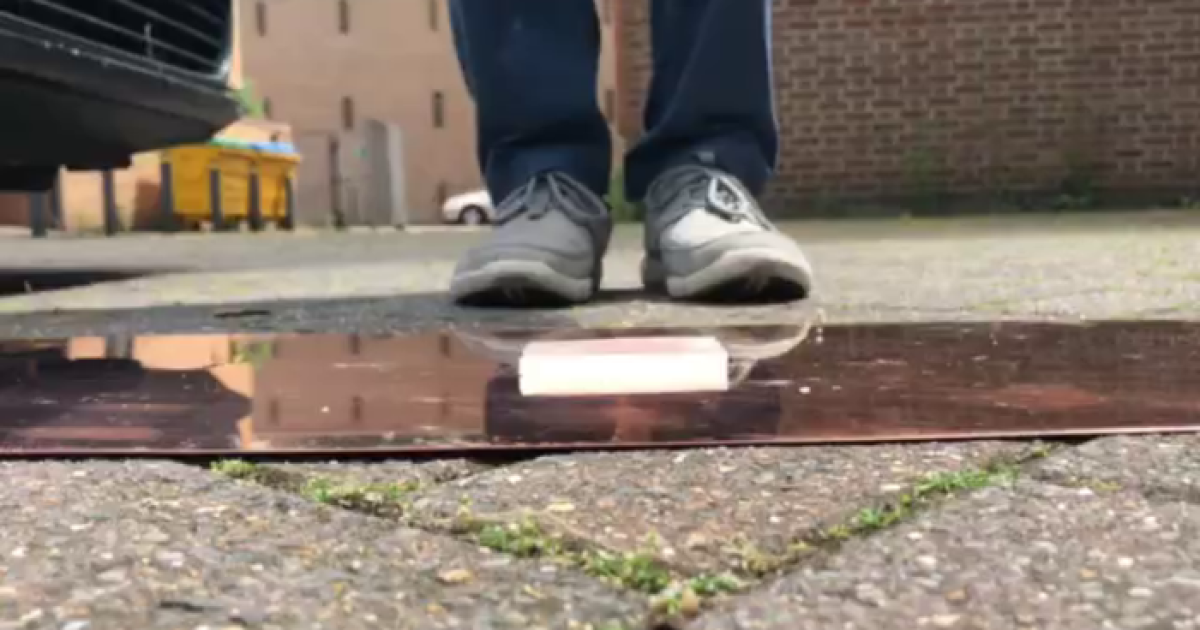University of Cambridge researchers have invented a new type of soft material that can withstand massive stresses. The new hydrogel, dubbed “super jelly,” employs a molecular handcuff-like internal structure to respond to compression by entering a glass-like state, allowing it to be ran over by a car without being crushed.
Materials experts are fascinated by hydrogels. Because of their high water content, they are appropriate for use in the human body and have stretchy, self-healing capabilities that can be used in robotics, enhanced contact lenses, artificial tissues, and wound healing. By changing the underlying chemical structure, the authors of this new study hoped to improve these capacities.
Scientists used a barrel-shaped chemical called Kukurubituriru to do this. Within its cavity, Kukurubituriru “handcuffs” pairs of other molecules. Then they employed a molecule that was specifically designed to stay in this cavity for a longer period of time than usual. This enables the network to be closely coupled and to transition from a rubbery to a carbide-based, shatterproof glass-like state.

The “super jelly” can now bear the same force as an elephant standing on it without being crushed, according to the researchers. With the elephant out of the way, the team decided to put the material to the test by driving it about in a car and demonstrating how it could return to its former shape.
The scientists also created a pressure sensor for human activities such as standing, walking, and leaping using the unique material. They’re now working on customizing the material for biomedical uses including cartilage repair and soft robotics.
The ‘super jelly’ could be employed in a variety of applications, including soft robotics, bioelectronics, and even as a biological cartilage replacement. The findings have been published in Nature Materials. In conjunction with experts from engineering and materials science, Scherman lab researchers are currently striving to further develop these glass-like materials for biomedical and bioelectronic applications. The Leverhulme Trust and a Marie Skodowska-Curie Fellowship contributed to the research.


